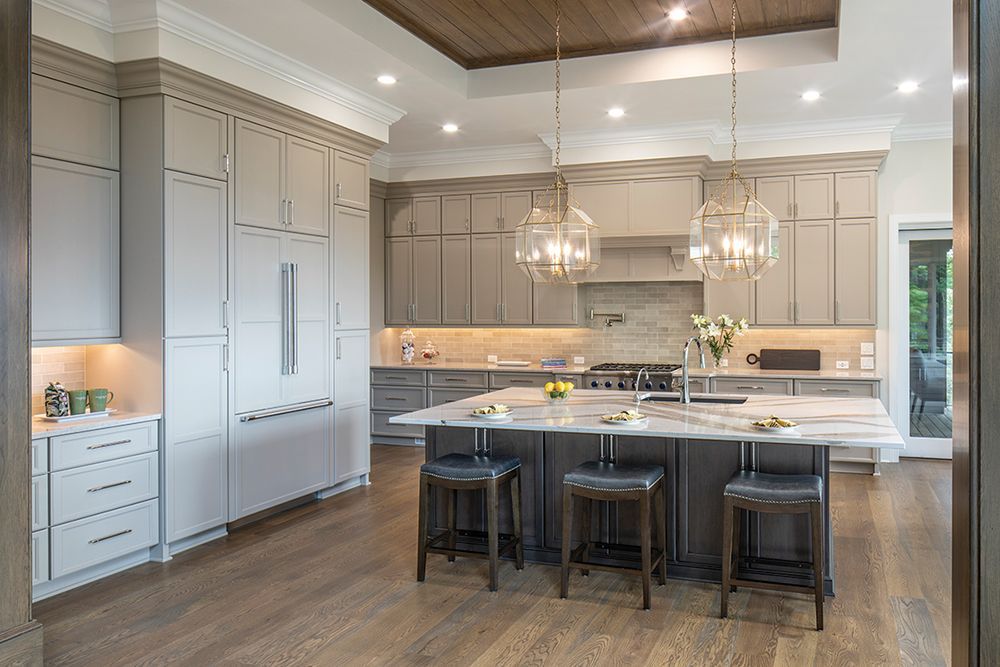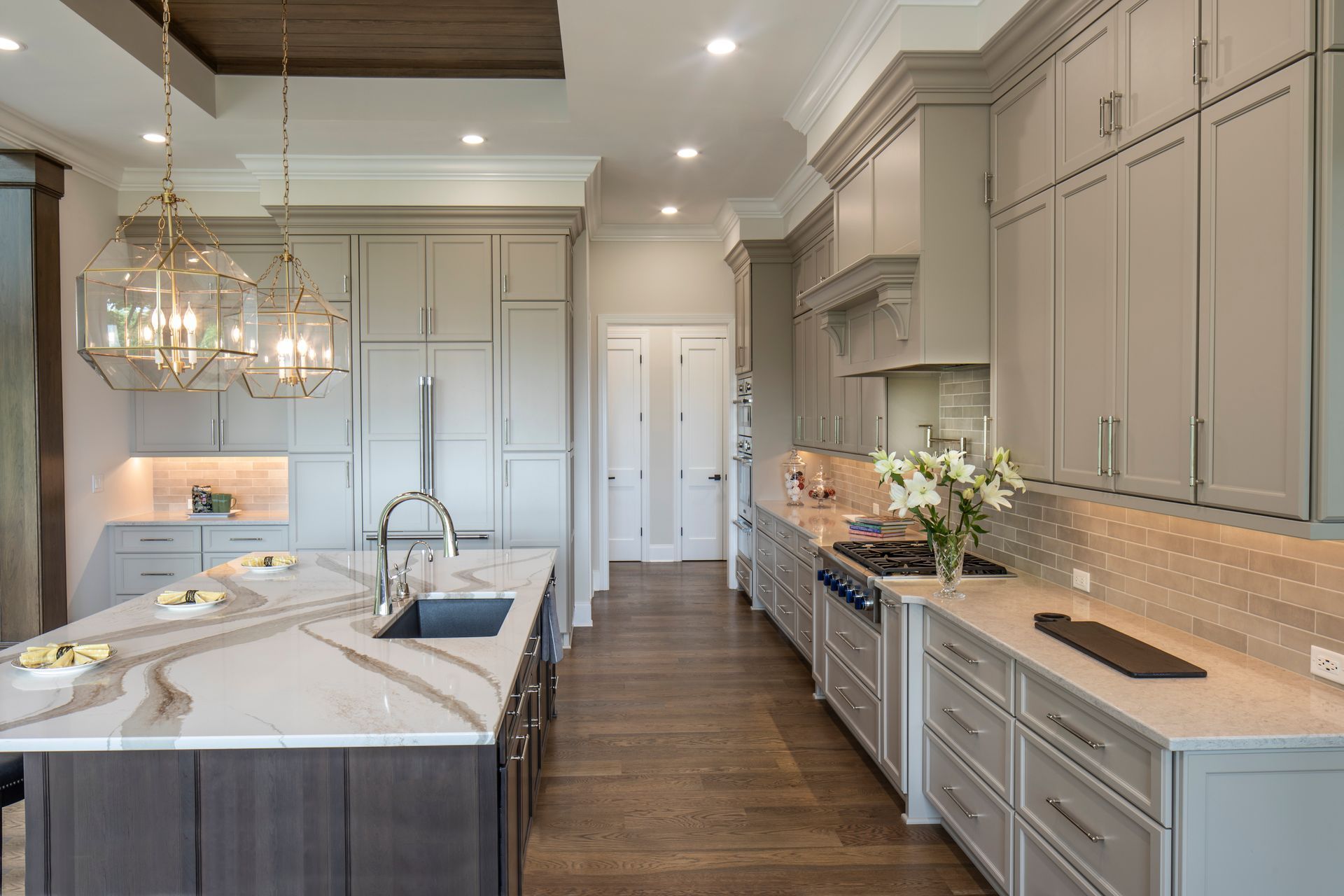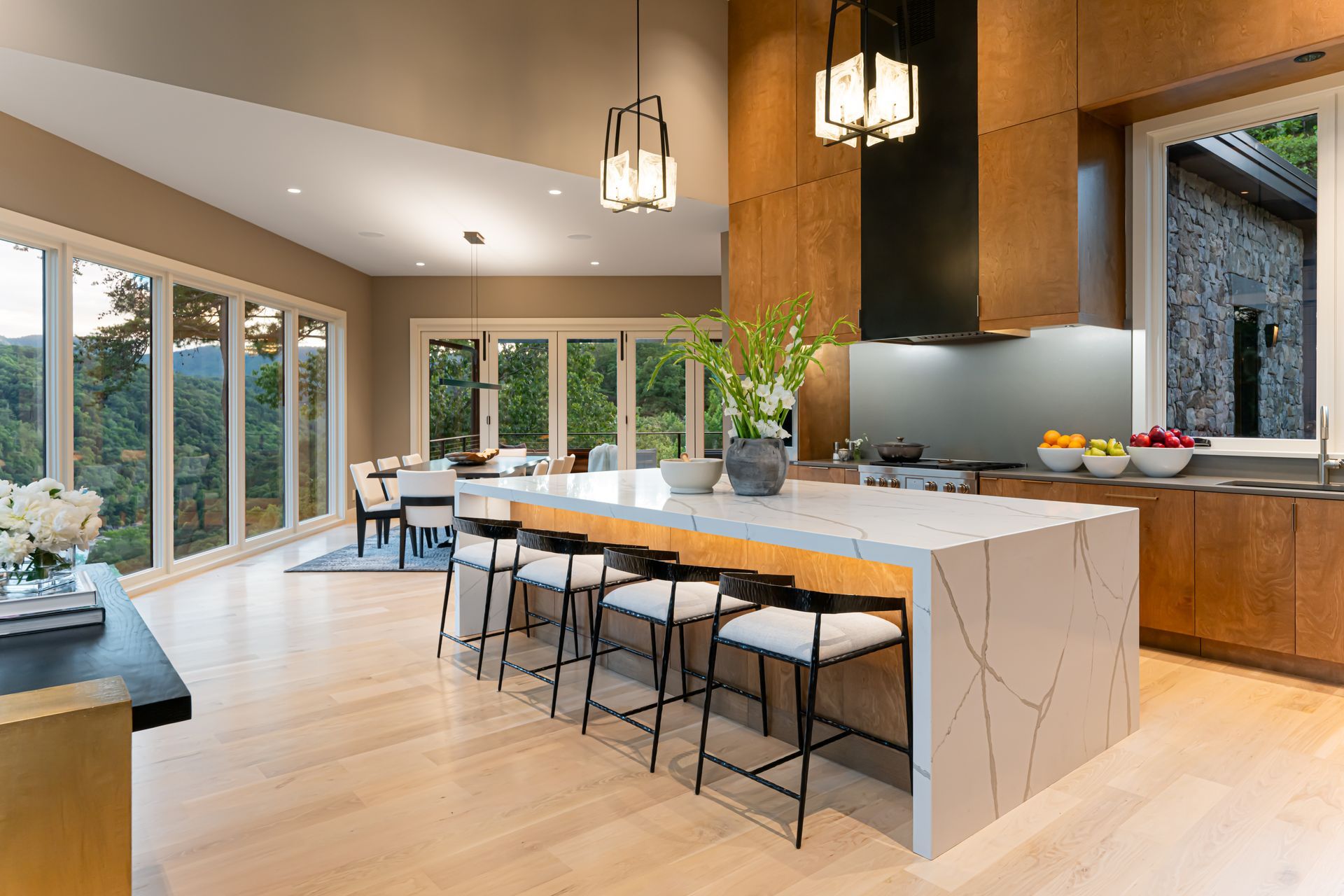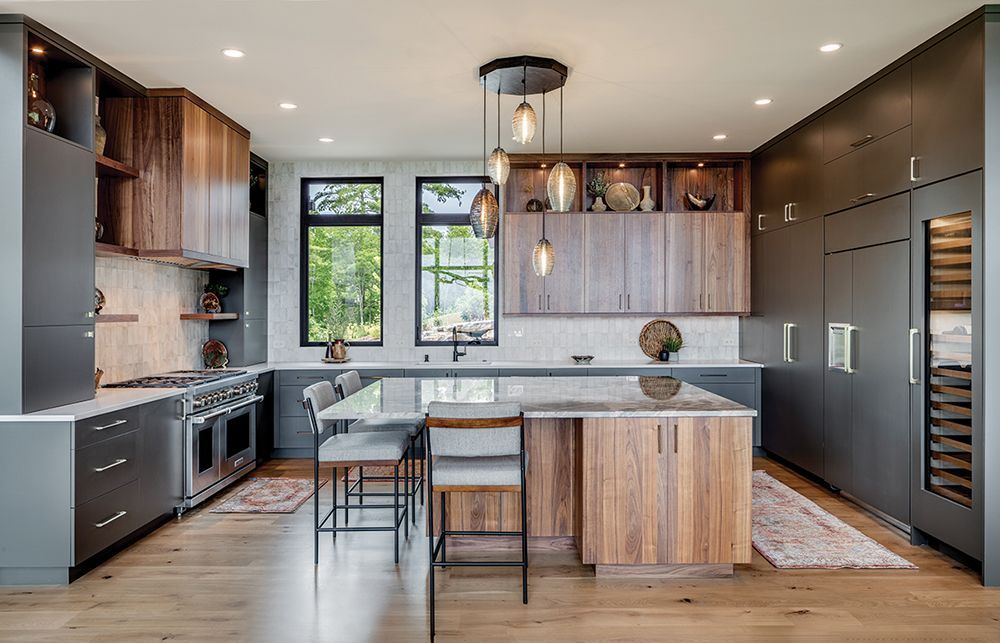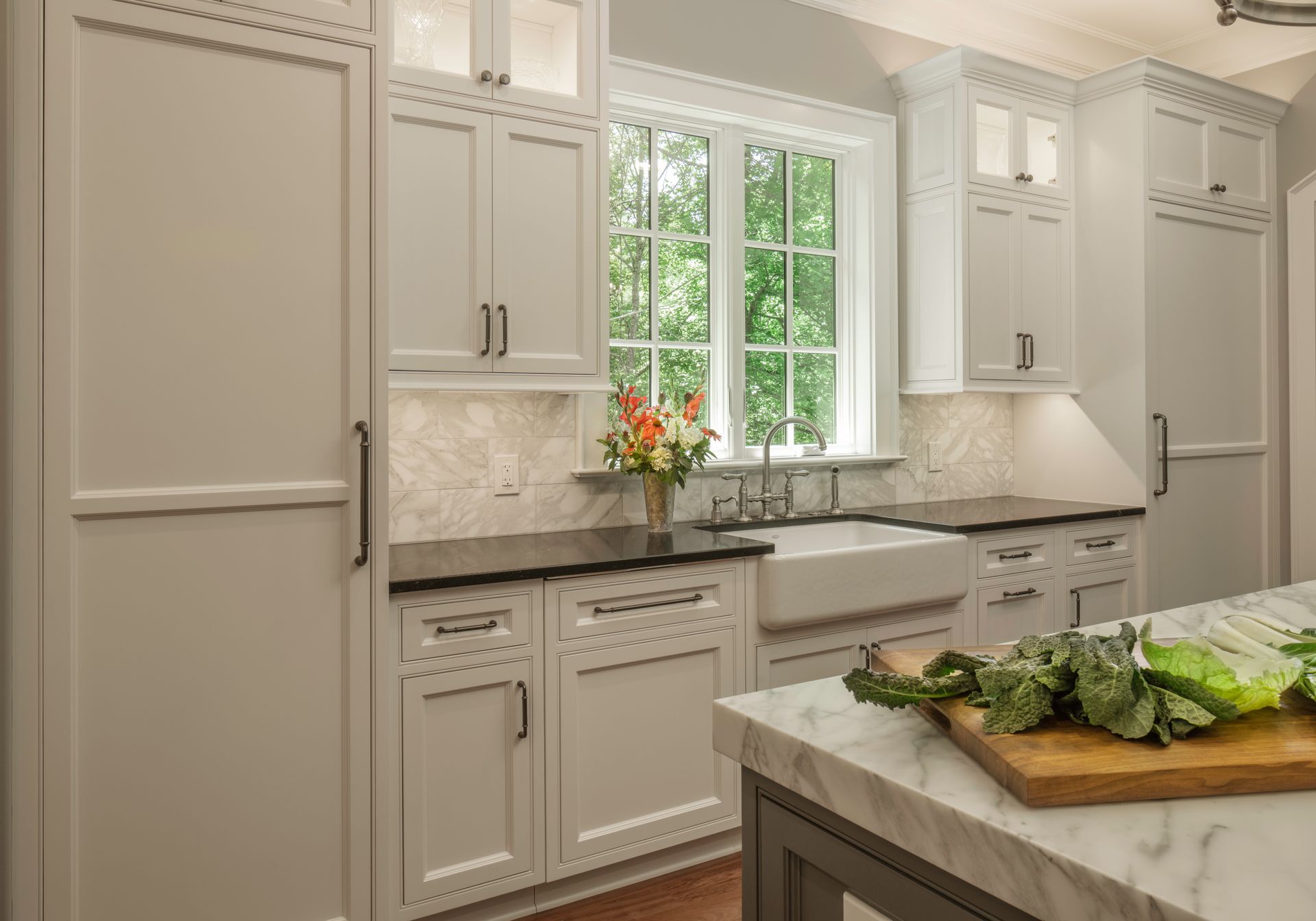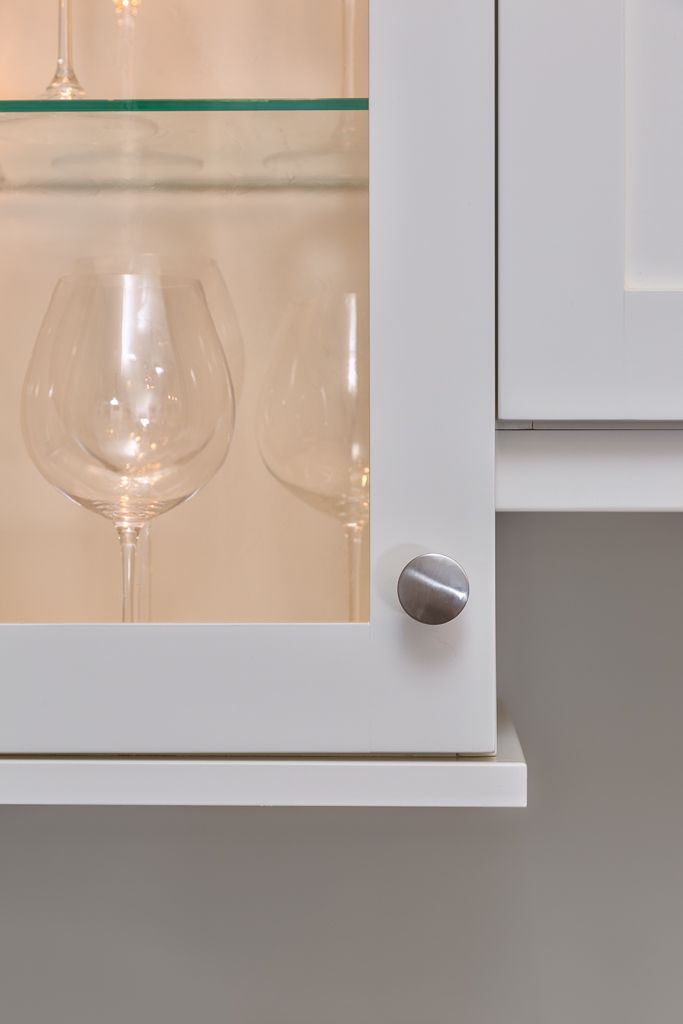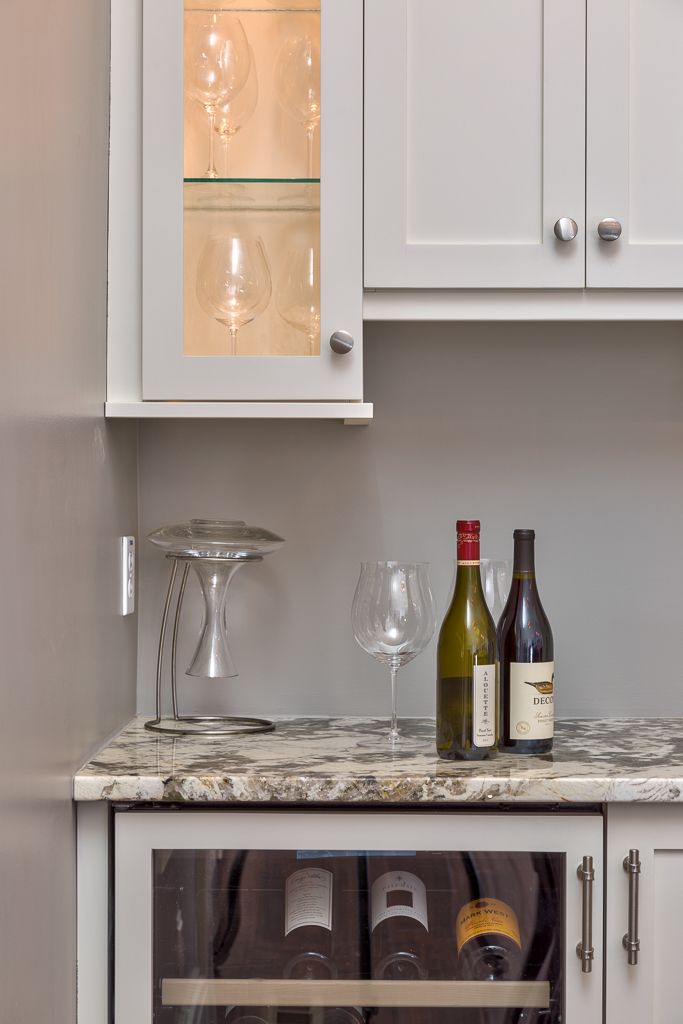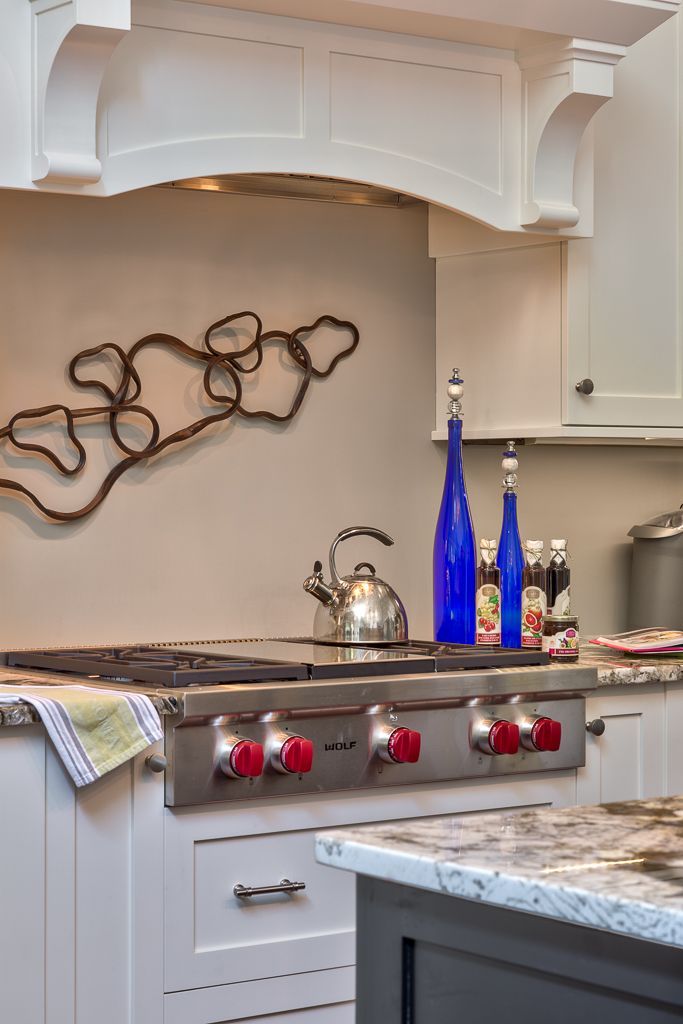The History of Kitchens in America

The American Kitchen: A Culinary Journey Through Time
The American kitchen, much like the nation itself, has undergone a remarkable transformation over the centuries. From humble hearths to high-tech havens, its evolution reflects not just changing technologies and culinary trends, but also deeply ingrained societal values and cultural shifts. Today, let's embark on a delicious journey through the history of the American kitchen:
Early Beginnings (17th-18th Centuries):
- Fire and Function: Think simple, single-room structures with open fireplaces or brick ovens. Cooking was communal and labor-intensive, focused on basic sustenance. Food preservation relied on salting, smoking, and pickling.
- Regional Influences: New England kitchens had Dutch and British influences, while the South adopted African and Caribbean traditions. Each region incorporated local ingredients and cooking methods.
Victorian Transformation (19th Century):
- Technology Takes Root: Cast iron stoves and iceboxes brought efficiency and convenience. Specialized rooms for cooking, laundry, and storage emerged.
- Rise of Domesticity: The "cult of domesticity" emphasized women's role in managing the home, with the kitchen seen as a symbol of virtue and skill. Cookbooks proliferated, focusing on elaborate meals and proper etiquette.
The 20th Century: Efficiency and Convenience:
- Modern Marvels: The 20th century saw a whirlwind of innovation: electric appliances (refrigerators, stoves, mixers), mass-produced food, and processed ingredients. Convenience became king, catering to busy lifestyles.
- Shifting Roles: Women entered the workforce, leading to smaller, open-concept kitchens for multitasking. Formica countertops and linoleum floors offered easy cleaning.
The Post-War Kitchen (1950s-1970s):
- Suburban Dream: Suburban sprawl brought larger kitchens boasting built-in appliances, Formica countertops, and breakfast bars. Entertaining became a focus, with emphasis on presentation and convenience.
- Microwave Mania: The 1970s saw the rise of the microwave, forever changing meal preparation and portion sizes. Kitchens became more casual and integrated with family spaces.
The Modern Era (1980s-Present):
- From Function to Form: Kitchens transformed into multi-functional spaces for cooking, dining, and socializing. Open floor plans became popular, blurring the lines between kitchen and living areas.
- Focus on Personalization: Design trends shifted towards customization, reflecting individual styles and preferences. Sustainability, energy efficiency, and smart technology became buzzwords.
Looking Ahead:
As we move forward, the American kitchen continues to evolve, shaped by:
- Sustainability: Concerns for the environment will likely lead to eco-friendly materials, local sourcing, and reduced food waste.
- Tech Integration: Smart appliances, voice-controlled systems, and AI-powered assistants will further automate and personalize the kitchen experience.
- Health and Wellness: Focus on healthy eating and home cooking will likely influence kitchen design and appliance features.
